Wildflowers of the Adirondacks:
Swamp Candles (Lysimachia terrestris)
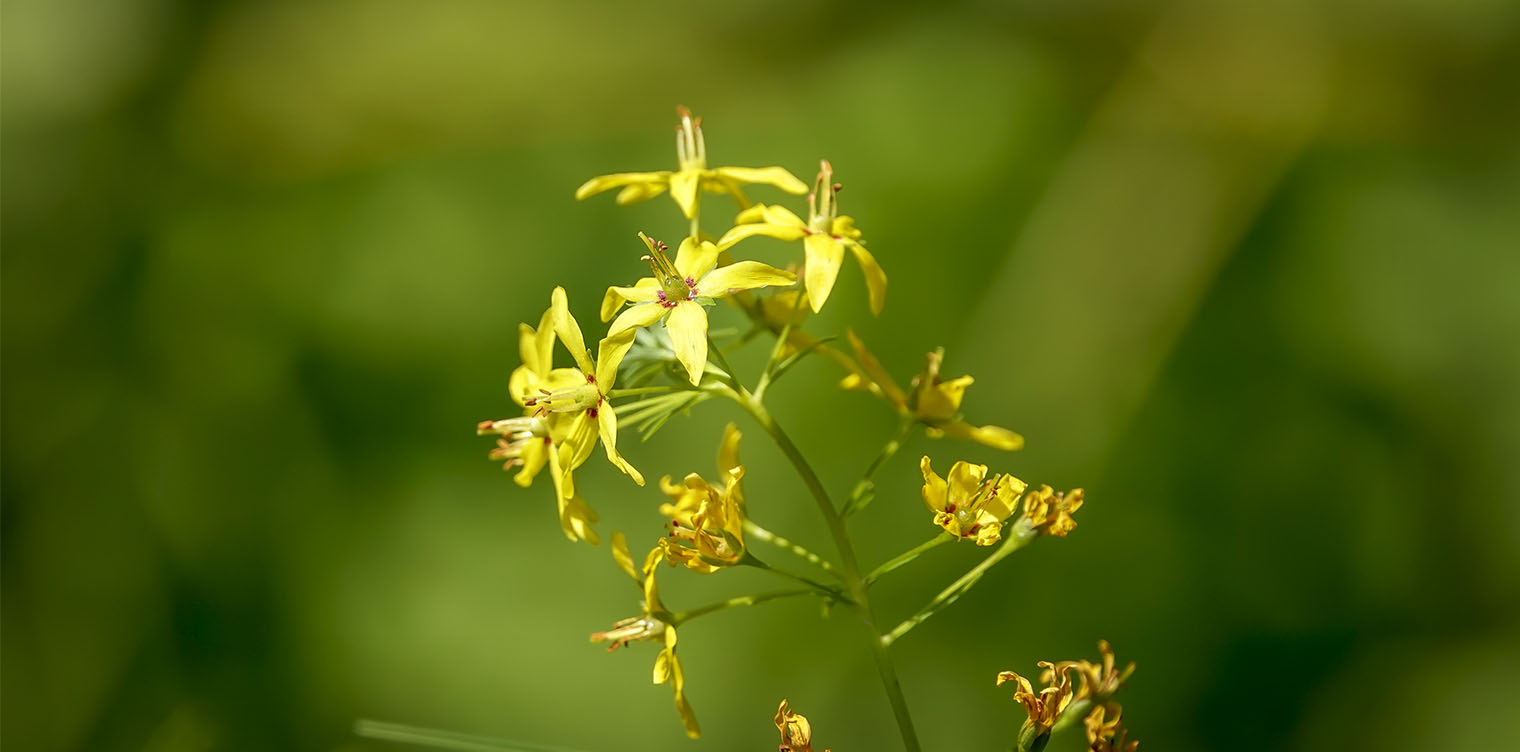
Swamp Candles (Lysimachia terrestris) is a wetland plant that produces yellow flowers in summer. It grows in swamps, bogs, and other wetlands in the Adirondack Mountains of upstate New York.
Swamp Candles was long considered to be a member of the Primrose Family.
- More recent studies based on DNA sequencing led researchers to conclude that Lysimachia should be moved from the Primrose (Primulaceae) family to the Myrsine (Myrsinaceae) family. Several sources now reflect this recommendation.
- However, the Integrated Taxonomic Information System still assigns Swamp Candles to the Primrose Family, as does USDA and the New York Flora Association.
The origins of the plant's genus name (Lysimachia) are obscure. One theory is that the name is a reference to King Lysimachos of Thrace, who is said to have pacified a bull with a piece of loosestrife. Another theory is that the name derives from the word Lysis (meaning a release from) and mache (meaning strife). The species name (terrestris) means "growing on ground."
Alternate common names for Swamp Candles include Swamp Loosestrife, Bog Loosestrife, Yellow Loosestrife, Swamp Yellow Loosestrife, Swamp-candles, Spiked Loosestrife, Earth Loosestrife, Bulblet Loosestrife, Bulbil-loosestrife, and Bulbil Loosestrife. The latter names refer to the reddish bulblets that may form in the leaf axils of the plant.
Identification of Swamp Candles

Swamp Candles is an erect, perennial plant growing one to three feet tall. The stems are smooth and green, sometimes with maroon streaks.
Swamp Candle leaves are lance-shaped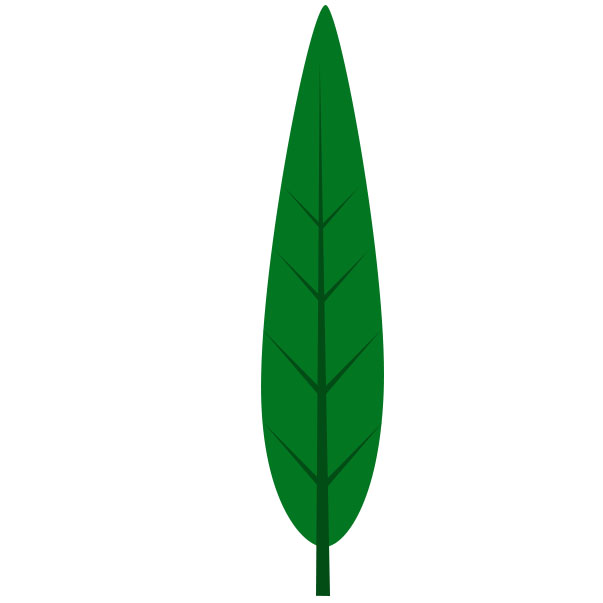 Lanceolate: A leaf shaped like a lance head, tapering to a point at each end. or narrowly elliptic, from 1½ to four inches long.
Lanceolate: A leaf shaped like a lance head, tapering to a point at each end. or narrowly elliptic, from 1½ to four inches long.
- The leaves are stalkless and usually arranged in an opposite
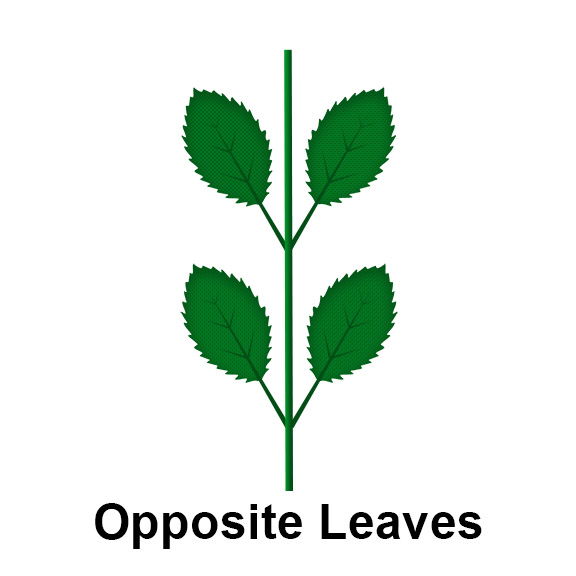 Opposite Leaves - leaves occurring in pairs at a node, with one leaf on either side of the stem. fashion, meaning that the plant has pairs of leaves emerging from the same node.
Opposite Leaves - leaves occurring in pairs at a node, with one leaf on either side of the stem. fashion, meaning that the plant has pairs of leaves emerging from the same node. - The leaf surfaces are covered with tiny dots.
- The leaf edges are smooth
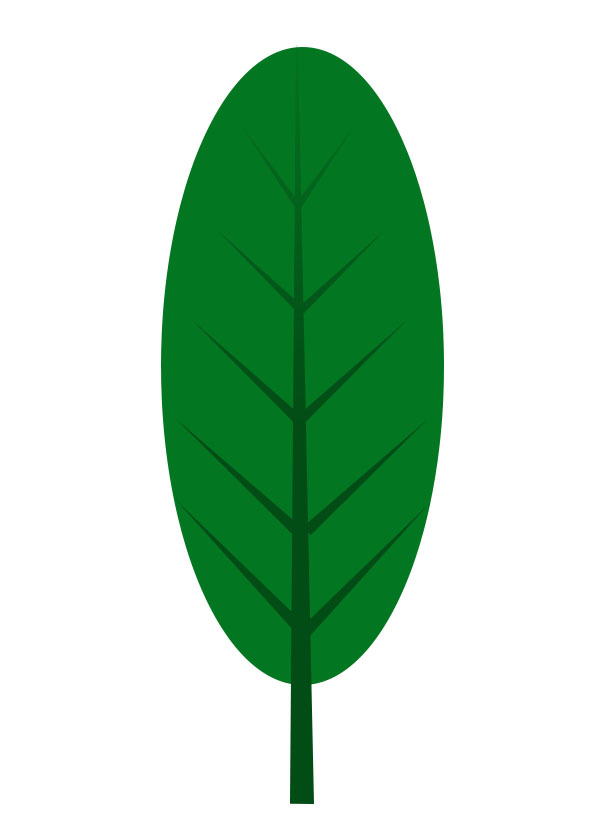 Smooth leaf edges do not have any teeth., without any teeth.
Smooth leaf edges do not have any teeth., without any teeth. - In late summer, after flowering, the plants may have red bulblets which appear in leaf axils
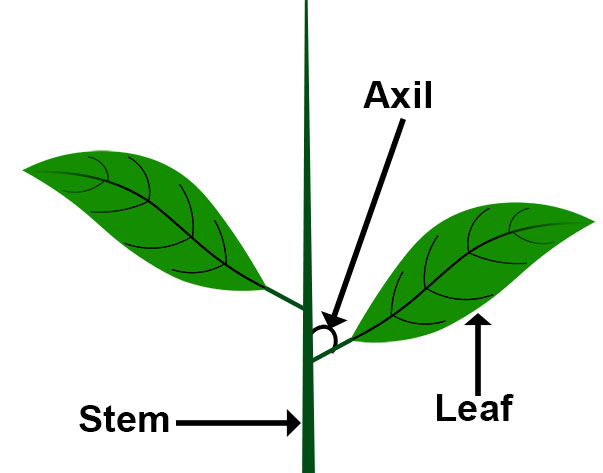 Axil: The angle between the upper side of a leaf or stem and the stem or branch that supports it..
Axil: The angle between the upper side of a leaf or stem and the stem or branch that supports it..
Swamp Candle's star-like yellow flowers grow in a narrow spike, four to twelve inches long, at the top of the central stem. Each five-parted flower is about ½–¾" across. Each petal is marked with small reddish patches at the base. The five protruding stamens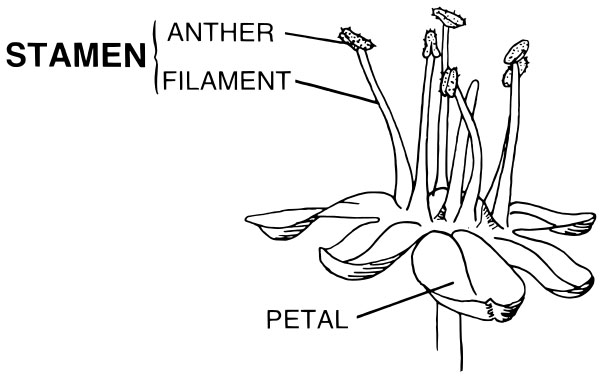 Stamen: The male part of the flower, made up of the filament and anther. are also streaked yellow and red.
Stamen: The male part of the flower, made up of the filament and anther. are also streaked yellow and red.
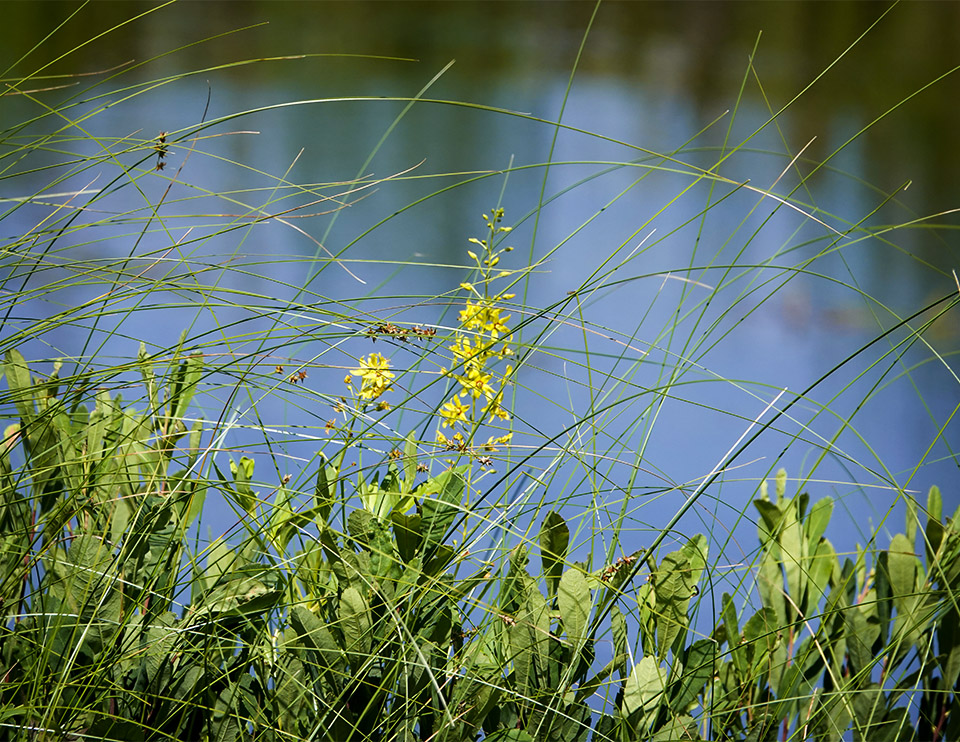
This plant is a summer bloomer. A tally of flowering dates for the upland Adirondack areas compiled by Michael Kudish, based on data collected from the early seventies to the early nineties, gives a median flowering date as 12 August.
More recent flowering data for the Adirondack Park from iNaturalist indicate bloom times starting in mid-July. Swamp Candles usually flowers in our region through mid-August.
Swamp Candles' fruit is a dark, dotted capsule. The ovoid seed capsules are smooth, each with a few small individual seeds.
Uses of Swamp Candles
No edible or medicinal uses for Swamp Candles could be found. According to folklore, Swamp Candles and other members of the loosestrife genus were said to have soothing powers over animals, leading people to tie a branch of the plant to the yoke of oxen to make them easier to handle.
Wildlife Value of Swamp Candles
This plant is not a source of food or cover for animals or birds. Several sources suggest that Swamp Candles are a pollen source for native bees. Some insects are known to feed on the plant, including the larvae of the Tiny Yellow Sawfly (Monostegia abdominalis), Poplar Vagabond Gall Aphid (Mordwilkoja vagabunda), and the Foxglove Aphid (Aulacorthum solani).
Distribution of Swamp Candles
Swamp Candles can be found in the eastern half of the US and Canada. This plant grows in Manitoba east to Newfoundland, south to Georgia, and northwest to Illinois, Iowa, and Minnesota. It has been introduced into the northwestern US, where it may be found in Washington, Oregon, and British Columbia. The plant is listed as endangered in Kentucky and Tennessee.
In New York State, Swamp Candles may be seen in most counties in the eastern half of the state. The New York Flora Atlas shows vouchered specimens for Swamp Candles in all counties within the Adirondack Park Blue Line, except Saratoga County.
Habitat of Swamp Candles
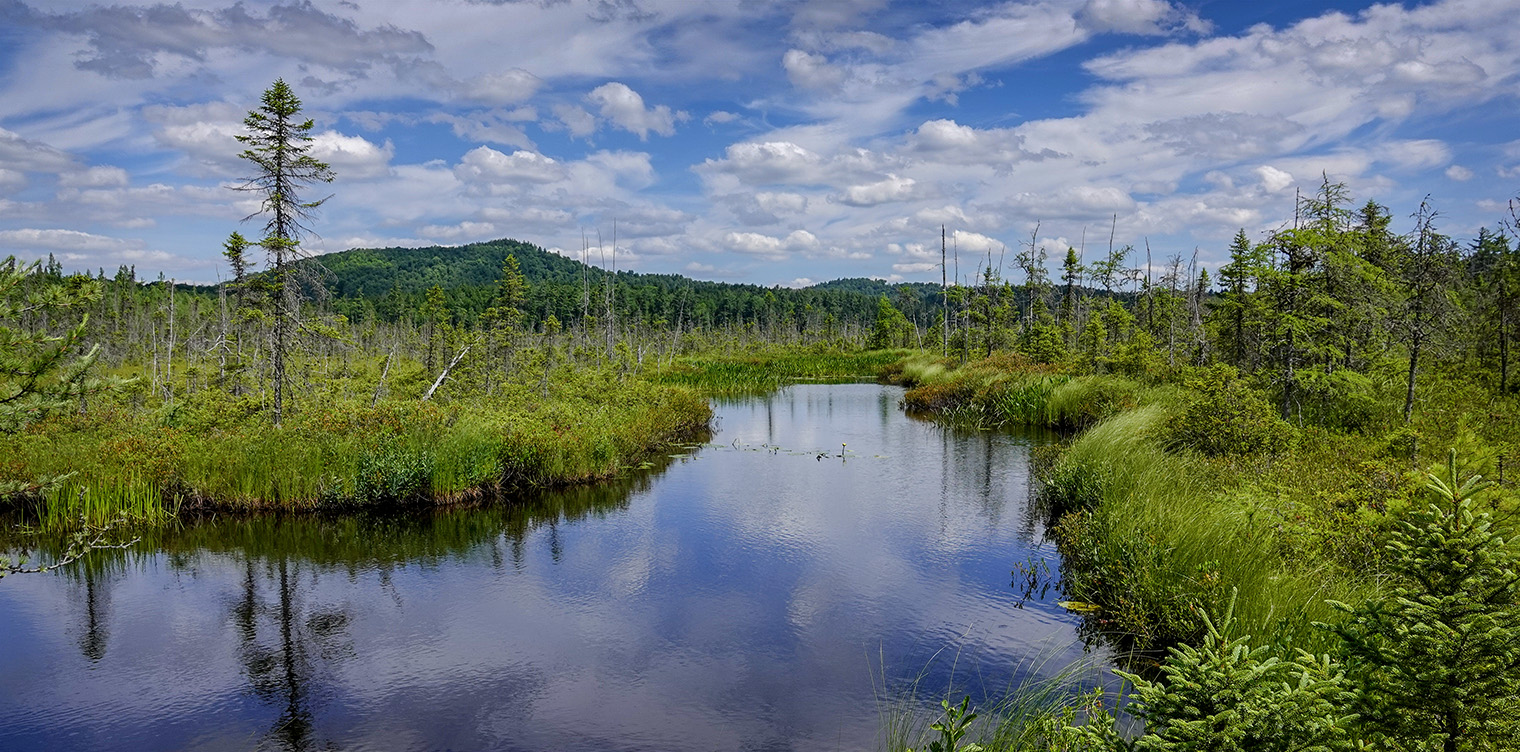
Swamp Candles is classified as an Obligate Wetland (OBL) plant, meaning that it almost always occurs in wetlands. This species prefers poorly-drained soil in mostly sunny or partly sunny sites. Swamp Candles is common and widespread in both open and open-wooded wetlands. It be seen growing in a wide variety of wetland habitats, including swamps, marshes, bogs, fens, wet ditches, and wet meadows. It also occurs on stream banks and along the margins of ponds and lakes. In the Adirondacks, Swamp Candles can be found in several ecological communities, including Riverside Ice Meadow and Sedge Meadow.
Look for Swamp Candles along Heron Marsh on the Heron Marsh Trail and the banks of Barnum Brook on the Boreal Life Trail boardwalk at the Paul Smith's College VIC. This plant can also be seen along the Bloomingdale Bog Trail, the Sucker Brook Trail at the Adirondack Interpretive Center, and in the marshy area near the small pond at John Brown Farm. This plant is sometimes seen growing near Spotted Joe Pye Weed, White Meadowsweet, and Steeplebush.
References
Michael Kudish. Adirondack Upland Flora: An Ecological Perspective (The Chauncy Press, 1992), pp. 23-28, 148.
New York Flora Association. New York Flora Atlas. Lysimachia terrestris. Retrieved 9 July 2021.
Integrated Taxonomic Information System. Lysimachia terrestris. Retrieved 28 December 2017.
United States Department of Agriculture. The Plants Database. Lysimachia terrestris (L.) Britton, Sterns & Poggenb. Retrieved 28 December 2017.
Flora of North America. Lysimachia terrestris. Retrieved 28 December 2017.
NatureServe Explorer. Online Encyclopedia of Life. Lysimachia terrestris. Retrieved 9 July 2021.
Native Plant Trust. Go Botany. Swamp Yellow-loosestrife. Lysimachia terrestris (L.) B.S.P. Retrieved 8 February 2020.
New York State. Department of Environmental Conservation. New York Natural Heritage Program. Ecological Communities of New York State. Second Edition (March 2014), pp. 55-56. Retrieved 17 October 2015.
New York Natural Heritage Program. 2021. Online Conservation Guide for Riverside Ice Meadow. Retrieved 9 July 2021.
New York Natural Heritage Program. 2021. Online Conservation Guide for Sedge Meadow. Retrieved 9 July 2021.
New York State. Adirondack Park Agency. Preliminary List of Species Native Within the Adirondack Park Listed Alphabetically by Scientific Name and Sorted by Habit. Volume 1. Updated 10.23.2006, p. 27. Retrieved 26 January 2017.
Connecticut Botanical Society. Swamp Candles. Lysimachia terrestris. Retrieved 28 December 2017.
University of Wisconsin. Flora of Wisconsin. Lysimachia terrestris. Retrieved 9 July 2021.
Minnesota Wildflowers. Lysimachia terrestris. Swamp Candles. Retrieved 28 December 2017.
Illinois Wildflowers. Swamp Candles. Lysimachia terrestris. Retrieved 29 December 2017.
Eloise Butler Wildflower Garden. The Friends of the Wild Flower Garden. Lysimachia terrestris (L.) Britton, Sterns & Poggenb. Retrieved 28 December 2017.
Lady Bird Johnson Wildflower Center. Lysimachia terrestris. Retrieved 28 December 2017.
iNaturalist. Swamp Candles. Lysimachia terrestris. Retrieved 9 July 2021.
iNaturalist. Adirondack Park Observations. Swamp Candles. Lysimachia terrestris. Retrieved 9 July 2021.
Anne McGrath. Wildflowers of the Adirondacks (EarthWords, 2000), p. 81, Plate 23.
Roger Tory Peterson and Margaret McKenny. A Field Guide to Wildflowers. Northeastern and North-central North America (Houghton Mifflin Company, 1968), pp. 106-107.
Doug Ladd. North Woods Wildflowers (Falcon Publishing, 2001), p. 133.
Lawrence Newcomb. Newcomb's Wildflower Guide (Little Brown and Company, 1977), pp. 266-267.
Meiyin Wu & Dennis Kalma. Wetland Plants of the Adirondacks: Herbaceous Plants and Aquatic Plants (Trafford Publishing, 2011), p. 88.
Ronald B. Davis. Bogs & Fens. A Guide to the Peatland Plants of the Northeastern United States and Adjacent Canada (University Press of New England, 2016), pp. 224-225.
David M. Brandenburg. Field Guide to Wildflowers of North America (Sterling Publishing Company, Inc., 2010), p. 450.
Timothy Coffey. The History and Folklore of North American Wildflowers (FactsOnFile, 1993), p. 104.
William Carey Grimm. The Illustrated Book of Wildflowers and Shrubs (Stackpole Books, 1993), pp. 202-203.
Wilbur H. Duncan and Marion B. Duncan. Wildflowers of the Eastern United States (The University of Georgia Press, 1999), p 62, Plate 228.
National Audubon Society. Field Guide to North American Wildflowers. Eastern Region. (Alfred A. Knopf, 2001), p. 716, Plate 317.
William K. Chapman et al. Wildflowers of New York in Color (Syracuse University Press, 1998), pp. 86-87.
Iowa State University. BugGuide. Monostegia abdominalis. Retrieved 29 December 2017.
Roger Blackman and Victor Eastop. Aphids on the World's Plants. Host Lists and Keys for Each Plant Genus. Lysimachia. Retrieved 20 December 2017.
Steven Clemants and Carol Gracie. Wildflowers in the Field and Forest: A Field Guide to the Northeastern United States (Oxford University Press, 2006), pp. 194-195.
Allen J. Coombes. Dictionary of Plant Names (Timber Press, 1994), p. 112.
Charles H. Peck. Plants of North Elba. (Bulletin of the New York State Museum, Volume 6, Number 28, June 1899), p. 115. Retrieved 8 February 2020.
Mari Källersjö, Gullevi Bergqvist, and Arne A. Anderberg, "Generic realignment in primuloid families of the Ericales s.l.: a phylogenetic analysis based on DNA sequences from three chloroplast genes and morphology," American Journal of Botany. September 2000 (Volume 87, Number 9), pp. 1325-1341. Retrieved 9 July 2021.
